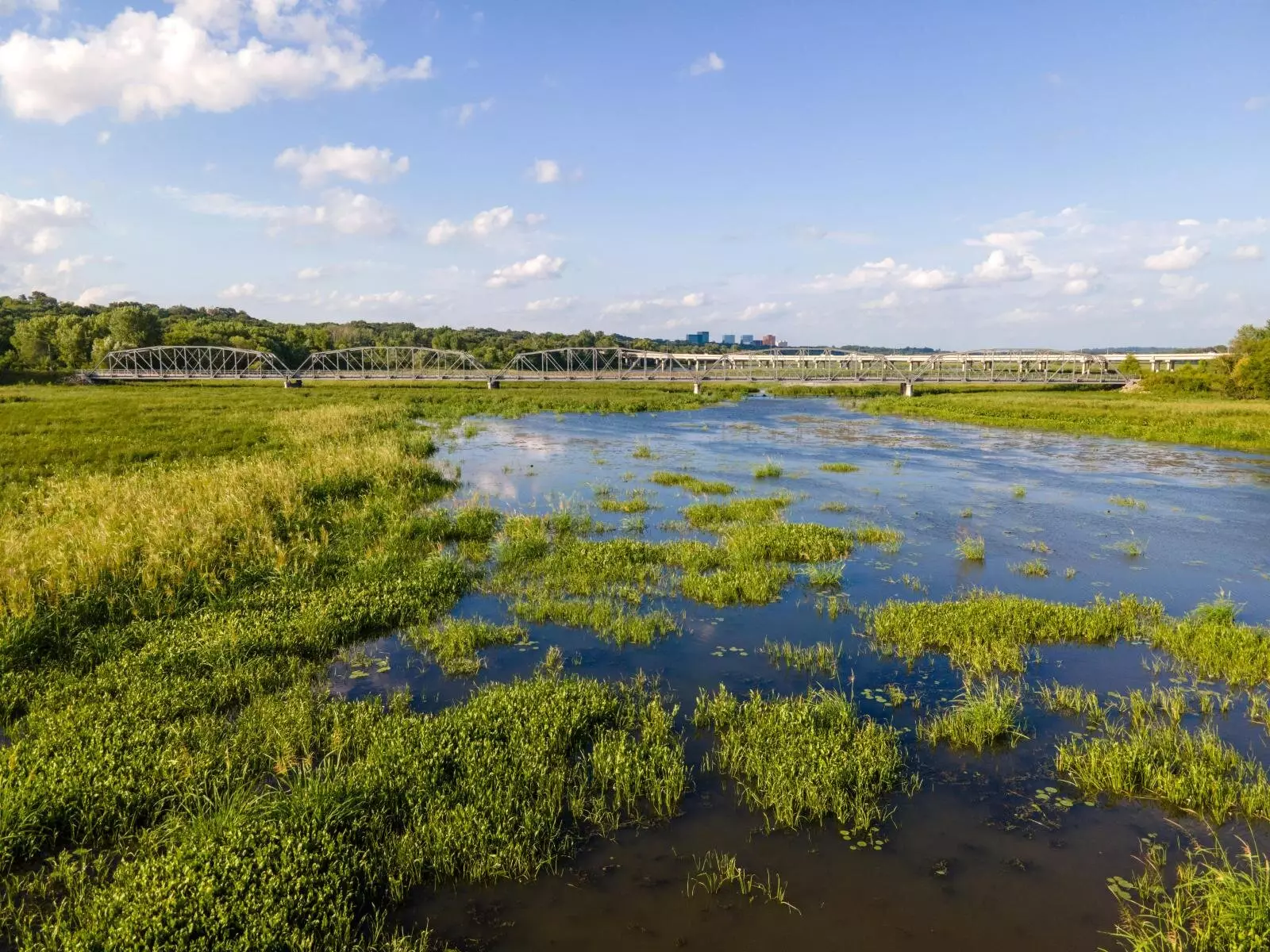In the quest to comprehend the complexities of climate change, Earth system models (ESMs) have become indispensable tools. However, an alarming gap in their effectiveness pertains to wetland hydrology, where oversimplifications have plagued our projections, they essentially undermine the importance of these vital ecosystems. Recent advances have shed light on how this fracturing understanding can lead to misleading outcomes regarding wetland evolution. Wetlands serve crucial functions, from carbon storage to biodiversity sanctuaries, and failing to accurately simulate their dynamics could have overwhelming implications for climate resilience and environmental health.
Innovative Approaches to Wetland Simulation
A notable study highlighted by researchers from institutions like Pacific Northwest National Laboratory sought to address these deficiencies head-on. By harnessing a refined ESM equipped with sophisticated physical processes of inundation, the researchers have embarked on a more nuanced exploration of wetland responses to a variety of climate scenarios. Utilizing satellite observations for validation enhances the reliability of their findings. This groundbreaking approach signifies a pivotal shift; instead of relying on generalized models, we are beginning to understand wetlands in a way that mirrors their intricate reality, paving the way for more precise predictions.
Climate Scenarios and Projections: A Stark Warning
The startling conclusions derived from this thorough investigation paint a dire picture for the wetlands of North America. Under high emission scenarios, annual wetland areas are projected to dwindle by approximately 10%. However, this statistic belies the complexity of the changes that wetlands will face. The data suggests shifts that can oscillate as much as ±50%, showcasing the volatility embedded in climate change predictions. As precipitation patterns become inconsistent and temperatures continue to rise, the repercussions can be catastrophic, particularly during the summer months—where the vital biotic processes that sustain these ecosystems face unprecedented stress.
Impacts on Biodiversity and Ecosystem Health
Furthermore, the implications of these alterations extend beyond mere land area by affecting the critical seasonal cycles integral to some of North America’s most cherished ecosystems—such as the Everglades and the riverine habitats of the Mississippi. As relies on these cycles become increasingly irregular, the outcomes for biodiversity are genuinely concerning. Species that thrive in specific conditions may find themselves ill-equipped to adapt to the rapidly changing environments, leading to potential declines in biodiversity and the loss of ecosystem services that wetlands provide.
The Call for Emission Mitigation and Sustainable Practices
The findings of this rigorous study also highlight the stark reality of our choices in addressing climate change. The dependency of wetland projections on various emission scenarios serves as a pressing reminder of our responsibilities. Mitigation of emissions is not just an ideal; it’s a prerequisite for sustaining wetland ecosystems charged with multiple environmental roles. Moving forward, decision-makers must take these results into account, pushing for policy changes that prioritize wetland conservation and emphasize sustainable practices to secure a healthier planet for future generations.

